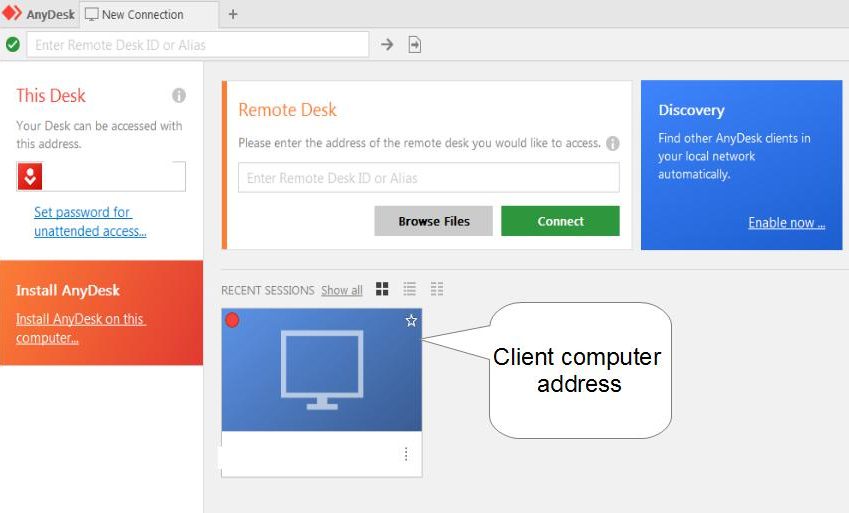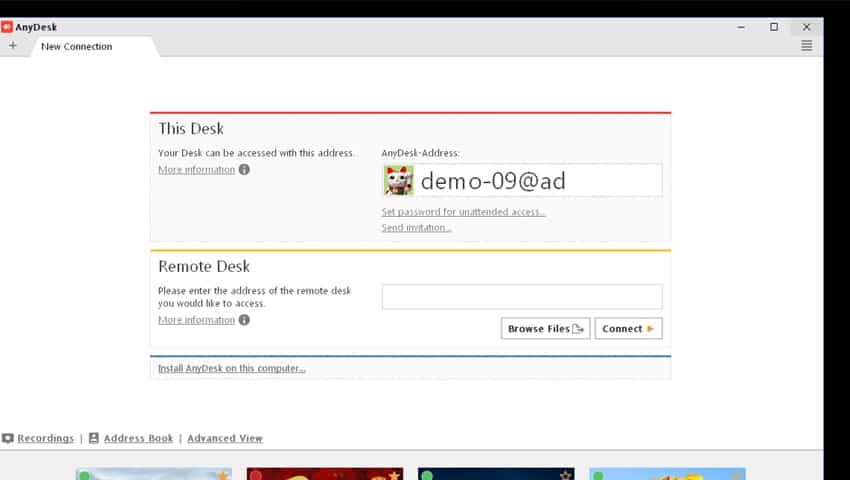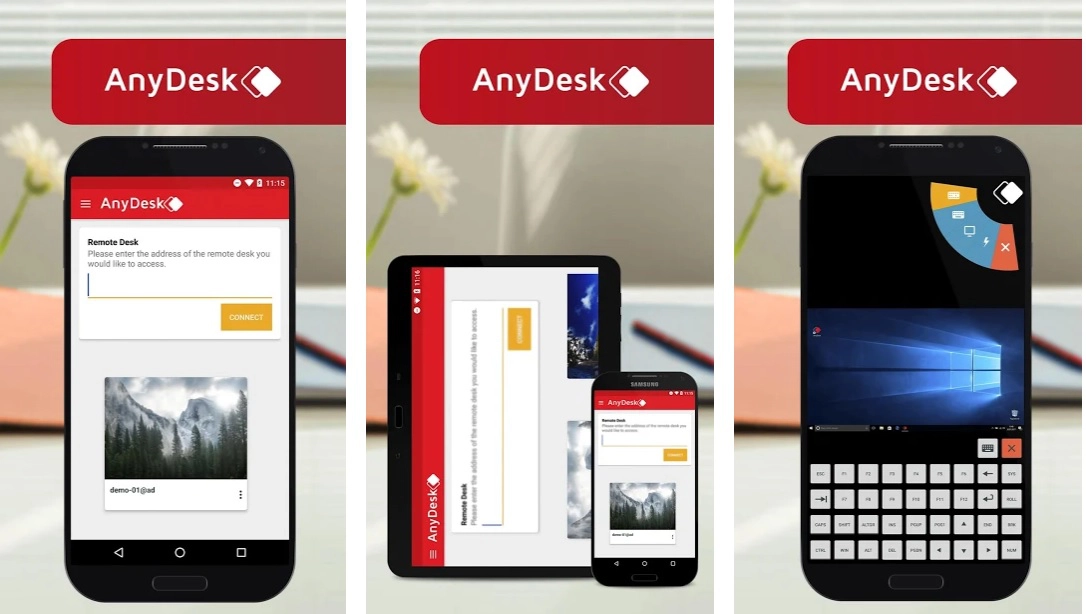AnyDesk supports session recording. Sessions are always stored locally.Session Recording can be deactivated in the settings.
Like all the AnyDesk plans, Lite also gets free automatic updates. AnyDesk Professional. The Professional plan cost $20.99 per month, or $252 per year. It gives you access to an unlimited number. AnyDesk is the most availed remote desktop software that comes handy ensuring secure and reliable remote desktop access. Further, we shall talk about the alternatives to Anydesk software in screen sharing field. The best part about below listed application is it is free to use. If you are the host, you can set up AnyDesk to disallow remote users from performing several tasks like requesting system information, using file manager, restarting the computer, locking mouse and keyboard, and hearing your computer’s sound, etc. AnyDesk Pros and Cons. (2,043)4.5 out of 5. Optimized for quick response. Easy-to-use remote support.
- Sessions will be stored in the .anydesk file type.
- Session recordings can only be played with AnyDesk.
- AnyDesk can set whether only incoming, outgoing sessions or both should be recorded.
- Session quality or performance is not affected when recording is enabled.
- Modifications like watermark or additional display elements are not supported.
- Concurrent sessions will create one recording file each.


Start Recording

Friendly, simple and intuitive interface. Easy, secure access from passwords and authorization. Works on any type of Windows workstation. It depends on a very good and stable internet connection to have a good performance.
Global Recording Settings can be found under Settings > Recording. The following options can be set:
- Enabling global recording. Tick box 'Start session recording when session starts'
- If incoming sessions should be always recorded. Tick box 'Record incoming sessions'
- If outgoing sessions should be always recorded. Tick box 'Record outgoing sessions'
Start Recording During Active Session
- You can start and stop recording during active sessions by pressing the record-button
File name
The filename for recordings contain:
- Session type: outgoing or incoming
- Both clients' Alias and ID
Anydesk Like Programs
Session Player
The Session Player supports
- Start/Pause
- Fast Forward
- Super Fast Forward
- Skip to a certain point
The recording can be played by double-clicking on the file or choosing the Session History icon in the top right.
Standard path:%homepath%VideosAnyDesk
Local custom paths are supported.
1. Reeboot the remote machine
Most of the time, a remote computer will function completely fine without a reboot, but in case you’re managing a session where the remote host machine requires a reboot and you reboot through the standard method, you won’t be able to resume the session without user interaction. Thankfully, with AnyDesk you will able to reboot the machine remotely (the Remote Reboot button must be clicked). To find that button, select „Actions“ (the menu with the flash symbol) and then „Restart remote machine“.
2. Optimize your screen
Especially if you’re working on a remote PC for hours, you might want to adjust the view to fit your needs. With AnyDesk, various visual settings can be adjusted to bring in the feel of actually using your local computer instead of a remote one. In the „Display“ settings you can set the defaults and you will be presented with several options:
- Original size: ensures that the transmission window has the same resolution as the remote computer’s desktop. The transmission window may, however, be bigger than the AnyDesk window. In this case, the view will scroll automatically with the mouse movement.
- Optimize monitor usage (stretch): ensures that the transmission window adapts to your local AnyDesk window or (if in fullscreen) monitor. This will stretch the image if your monitor’s resolution is larger than that of the remote computer.
- Optimize display (shrink): this allows AnyDesk to automatically adjust the size to fit your local monitor if it is too small. But it will not stretch the image, if your monitor is larger.
- Start new sessions in fullscreen mode: your entire monitor will be automatically filled with the image of the remote desk during a session. This is extremely helpful, if you intend to use the remote computer only without switching between applications on your local PC and the remote destop.
3. Show remote cursor
When we work with someone on his remote computer we won´t be able to know what the other user is trying to show as his mouse pointer is not visible by default. So to see the remote cursor you need to manually enable it. After you connect to the remote computer click on the „Display“ menu (with the screen icon) and at „Visual Helpers“ select „Show remote cursor“. Now, not only your desktop’s cursor is visible but also that of the remote desktop. This allows the remote user to point at certain elements on the screen.
4. Switch sides
Anydesk Like
In a regular remote support session, you will connect with your client (host computer) to view his desktop. But in case you would like to show or present something to your client without having to close and open a new session the other way around, you can select „Switch sides“ from the “Actions” menu, allowing your partner to view and control your desktop.
5. Unattended access
Setting up unattended access on a customer´s computer allows you to access their computer when the customer is not sitting in front of it, enabling you to provide unattended technical support at any time. Or if you wish to access your work computer from your laptop at home, this feature makes it possible. All you need to do is set a password in the “Security” tab of your work computer’s AnyDesk settings.
Anydesk Like Software For Linux
AnyDesk is super easy to use, but with the above tips, you should be able to really take advantage of its power – and make it feel like your remote computer is right in front of you!

